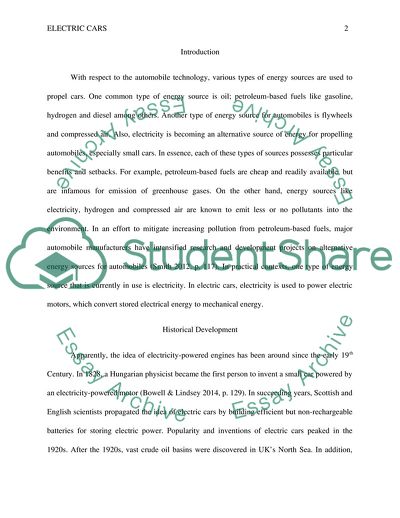Cite this document
(Electric Cars: Development, Evolution, Controversies, and Effects to Coursework Example | Topics and Well Written Essays - 1500 words, n.d.)
Electric Cars: Development, Evolution, Controversies, and Effects to Coursework Example | Topics and Well Written Essays - 1500 words. https://studentshare.org/engineering-and-construction/1869882-electric-cars-development-evolution-and-effects-to-the-environment
Electric Cars: Development, Evolution, Controversies, and Effects to Coursework Example | Topics and Well Written Essays - 1500 words. https://studentshare.org/engineering-and-construction/1869882-electric-cars-development-evolution-and-effects-to-the-environment
(Electric Cars: Development, Evolution, Controversies, and Effects to Coursework Example | Topics and Well Written Essays - 1500 Words)
Electric Cars: Development, Evolution, Controversies, and Effects to Coursework Example | Topics and Well Written Essays - 1500 Words. https://studentshare.org/engineering-and-construction/1869882-electric-cars-development-evolution-and-effects-to-the-environment.
Electric Cars: Development, Evolution, Controversies, and Effects to Coursework Example | Topics and Well Written Essays - 1500 Words. https://studentshare.org/engineering-and-construction/1869882-electric-cars-development-evolution-and-effects-to-the-environment.
“Electric Cars: Development, Evolution, Controversies, and Effects to Coursework Example | Topics and Well Written Essays - 1500 Words”. https://studentshare.org/engineering-and-construction/1869882-electric-cars-development-evolution-and-effects-to-the-environment.


